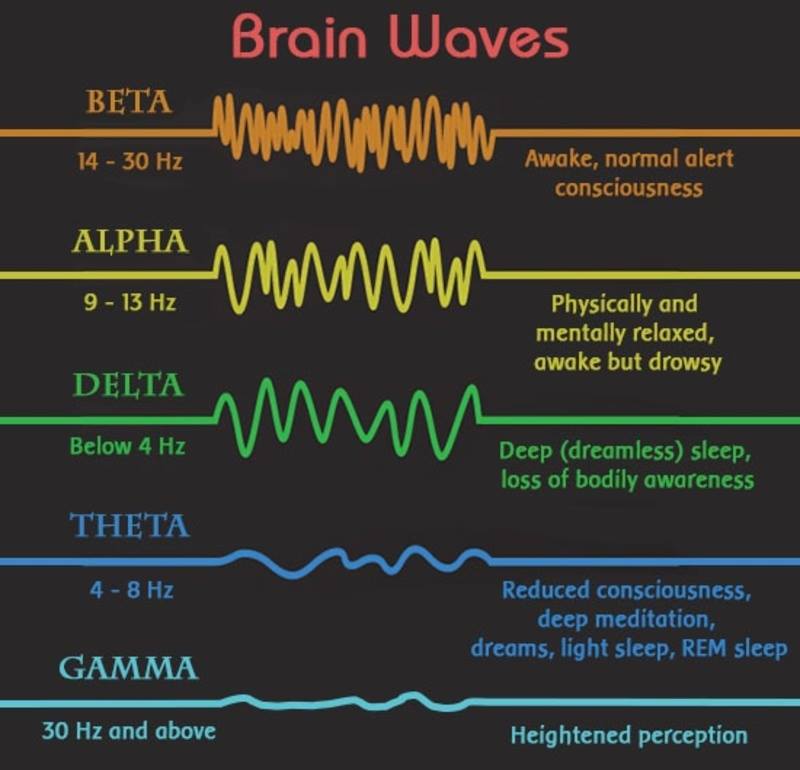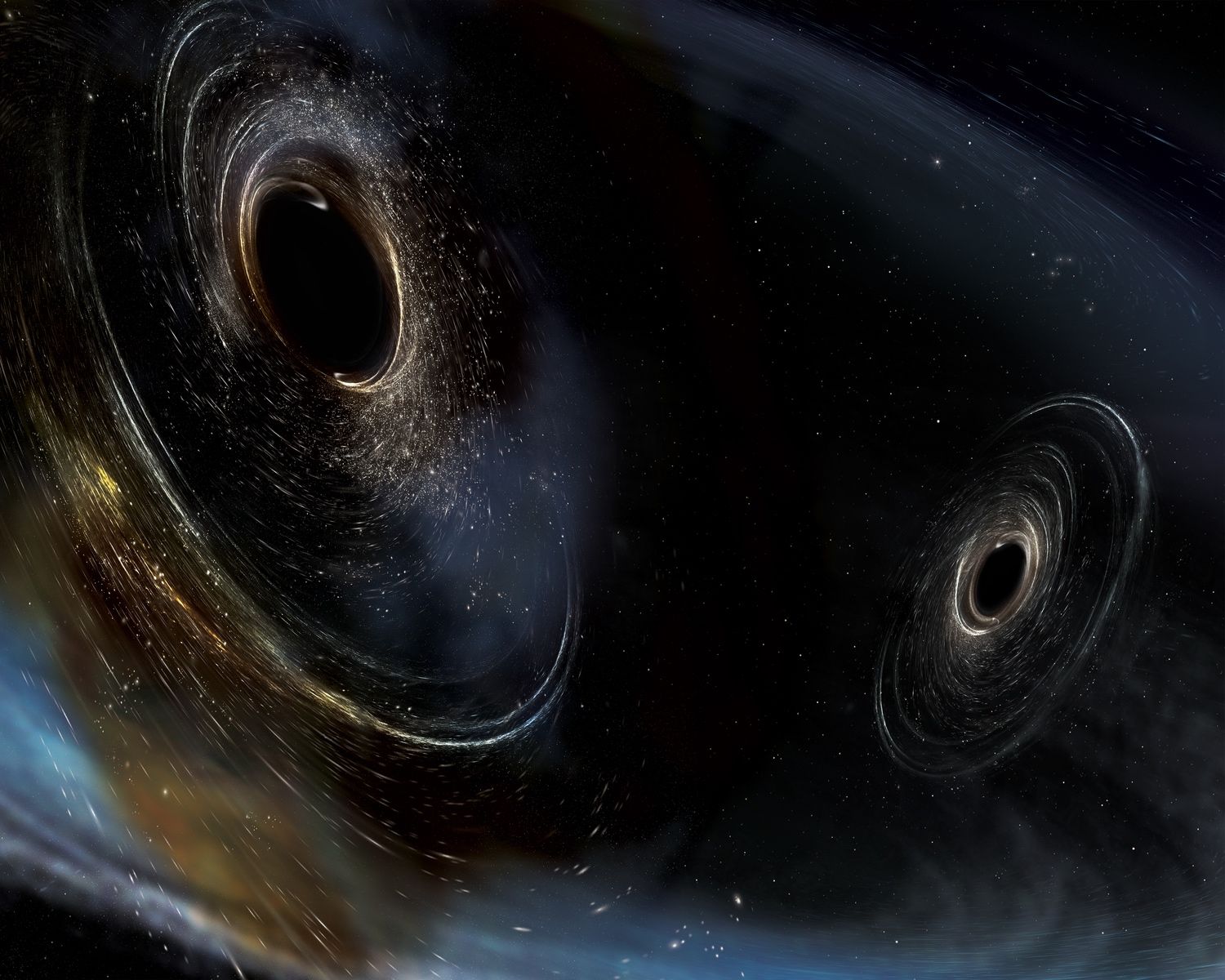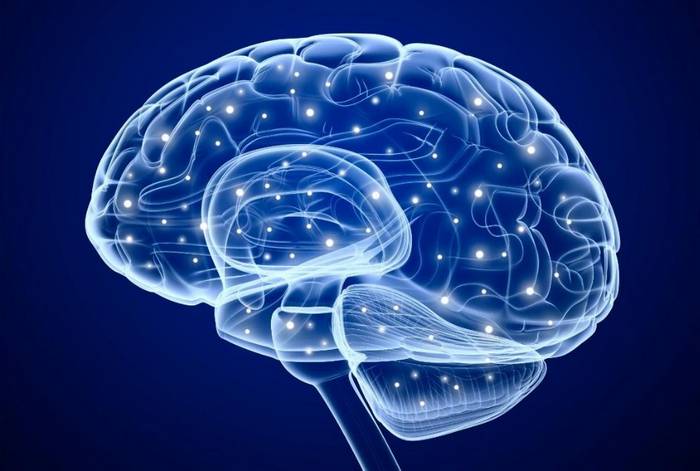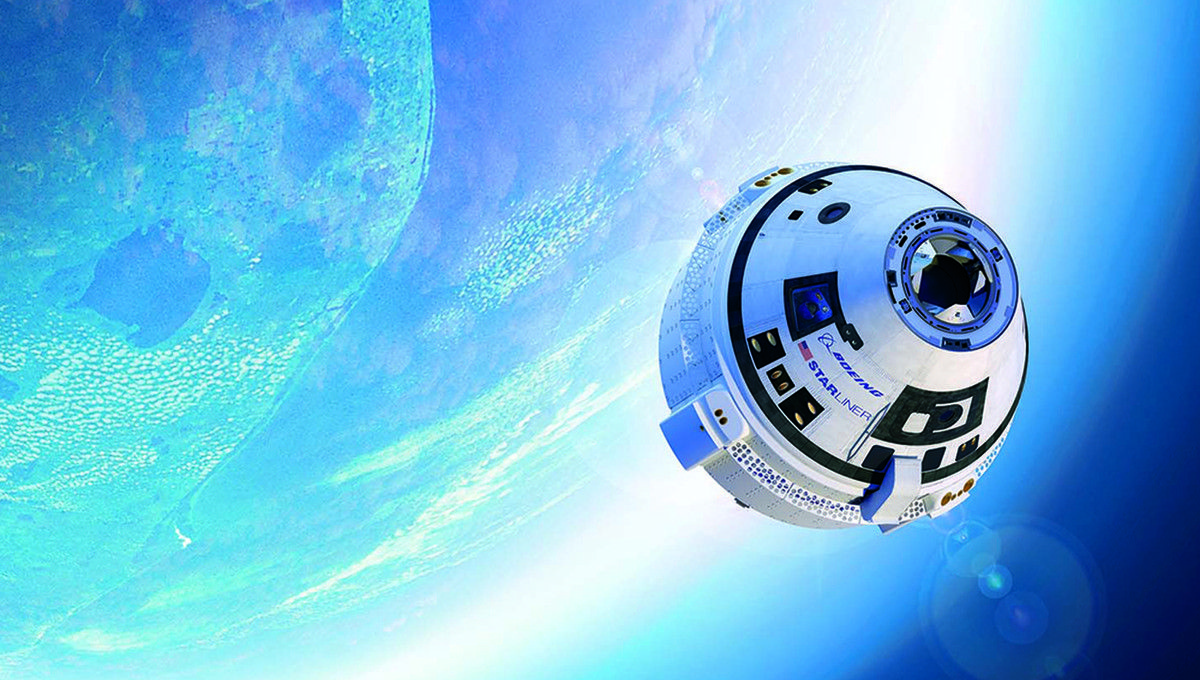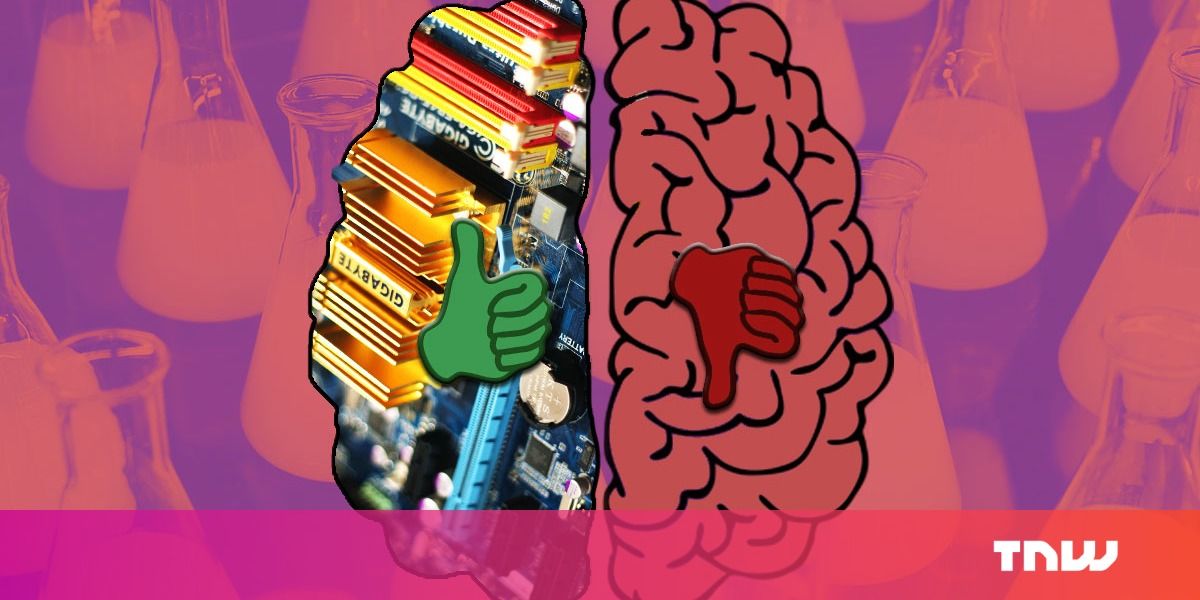Page 9548
Apr 10, 2018
Some People Are Their Own Identical Twins, And The Science Behind That Is Fascinating
Posted by Shailesh Prasad in categories: biotech/medical, genetics, science
Take any two cells from your body and there’s a good chance their genetic sequences will be a match. That is, unless you happen to have what’s referred to in the medical literature as a ‘tetragametic chimerism’ – a condition that causes separate fertilised embryos to merge into a single body.
Once thought to be rare among humans, there’s good reason to suspect we might be seeing a lot more of it in the future.
The truth is, nobody is really certain how many humans have cells in their body that once belonged to a sibling.
Apr 10, 2018
If You Thought Quantum Mechanics Was Weird, Wait Till You Hear About Entangled Time
Posted by Genevieve Klien in categories: particle physics, quantum physics
In the summer of 1935, the physicists Albert Einstein and Erwin Schrödinger engaged in a rich, multifaceted and sometimes fretful correspondence about the implications of the new theory of quantum mechanics. The focus of their worry was what Schrödinger later dubbed entanglement: the inability to describe two quantum systems or particles independently, after they have interacted.
Until his death, Einstein remained convinced that entanglement showed how quantum mechanics was incomplete. Schrödinger thought that entanglement was the defining feature of the new physics, but this didn’t mean that he accepted it lightly. “I know of course how the hocus pocus works mathematically,” he wrote to Einstein on July 13, 1935. “But I do not like such a theory.” Schrödinger’s famous cat, suspended between life and death, first appeared in these letters, a byproduct of the struggle to articulate what bothered the pair.
The problem is that entanglement violates how the world ought to work. Information can’t travel faster than the speed of light, for one. But in a 1935 paper, Einstein and his co-authors showed how entanglement leads to what’s now called quantum nonlocality, the eerie link that appears to exist between entangled particles. If two quantum systems meet and then separate, even across a distance of thousands of lightyears, it becomes impossible to measure the features of one system (such as its position, momentum and polarity) without instantly steering the other into a corresponding state.
Apr 10, 2018
Your Body Is a Teeming Battleground
Posted by Genevieve Klien in categories: biotech/medical, business, life extension
It’s time to rethink the quest to control aging, death, and disease—and the fear of mortality that fuels it.
I went to medical school, at least in part, to get to know death and perhaps to make my peace with it. So did many of my doctor friends, as I would find out. One day—usually when you’re young, though sometimes later—the thought hits you: You really are going to die. That moment is shocking, frightening, terrible. You try to pretend it hasn’t happened (it’s only a thought, after all), and you go about your business, worrying about this or that, until the day you put your hand to your neck—in the shower, say—and … What is that? Those hard lumps that you know, at first touch, should not be there? But there they are, and they mean death. Your death, and you can’t pretend anymore.
I never wanted to be surprised that way, and I thought that if I became a doctor and saw a lot of death, I might get used to it; it wouldn’t surprise me, and I could learn to live with it. My strategy worked pretty well. Over the decades, from all my patients, I learned that I would be well until I got sick and that although I could do some things to delay the inevitable a bit, whatever control I had was limited. I learned that I had to live as if I would die tomorrow and at the same time as if I would live forever. Meanwhile, I watched as what had been called “medical care”—that is, treating the sick—turned into “health care,” keeping people healthy, at an ever-rising cost.
Apr 10, 2018
Why a New Idea to Search for Extra Dimensions in the Pulse of Spacetime Is Turning Heads
Posted by Genevieve Klien in category: physics
If physicists do find that gravitational waves have travelled through dimensions other than the four we live in, it will be the start of a revolution in physics. But how close are we really?
Apr 10, 2018
A Gene That Increases Your Risk Of Alzheimer’s Has Been Neutralised For The First Time
Posted by Genevieve Klien in categories: biotech/medical, neuroscience
Alzheimer’s gene is neutralised in human brain cells for the first time.
Just two copies of this gene can increase your risk 12-fold.
Apr 10, 2018
Scientists at CERN discover “colour” of antimatter
Posted by Genevieve Klien in category: space
Measuring the structure of antimatter could help us unlock the secrets of the universe.
Apr 10, 2018
Your Mind Is Not Limited to Your Brain, Scientists Say
Posted by Genevieve Klien in category: neuroscience
Have you ever questioned someone’s state of mind or reminded someone that it pays to be mindful? Maybe you’ve told someone that they needed to be more open-minded? Or perhaps you’ve felt like you need to find some peace of mind for yourself.
But have you ever wondered what exactly a mind is?
If you try, it’s quite difficult to define the concept. It is the center and stronghold of your being, the basis of your consciousness and without it can you even be considered to be truly alive? I have wondered many times about what and where it is.
Apr 10, 2018
Humans are going to infinity and beyond (or at least the moon) with Boeing’s Starliner
Posted by Genevieve Klien in categories: existential risks, robotics/AI, satellites
NASA wants to go to Mars. SpaceX wants to go to Mars. Michio Kaku wants humanity to go to Mars so we can avoid extinction. The rest of us just want to see our species actually set foot on Mars. But first, the moon.
Think of the moon as a launchpad for the Red Planet. As LiveScience found out, Boeing’s Crew Space Transportation (CST)-100 Starliner is going to take advantage of our satellite as a blast-off point for the next frontier. Starliner (the name is about as sci-fi as you can get) is what happens when Boeing, which probably makes everyone think airplanes not spaceships, joins forces with NASA to develop a reusable space capsule that will be able to fly up to seven astronauts to the ISS. It will also be the world’s first commercial space vehicle.
Starliner is even autonomous. Meaning crews will spend less time on training and take off sooner. It only needs one astronaut to fly it, or more like assist it in flight, using tablets and touch screens.
Apr 10, 2018
Human bias is a huge problem for AI. Here’s how we’re going to fix it
Posted by Genevieve Klien in categories: information science, robotics/AI
Machines don’t actually have bias. AI doesn’t ‘want’ something to be true or false for reasons that can’t be explained through logic. Unfortunately human bias exists in machine learning from the creation of an algorithm to the interpretation of data – and until now hardly anyone has tried to solve this huge problem.
A team of scientists from Czech Republic and Germany recently conducted research to determine the effect human cognitive bias has on interpreting the output used to create machine learning rules.
The team’s white paper explains how 20 different cognitive biases could potentially alter the development of machine learning rules and proposes methods for “debiasing” them.
Continue reading “Human bias is a huge problem for AI. Here’s how we’re going to fix it” »
